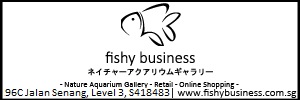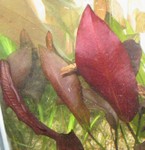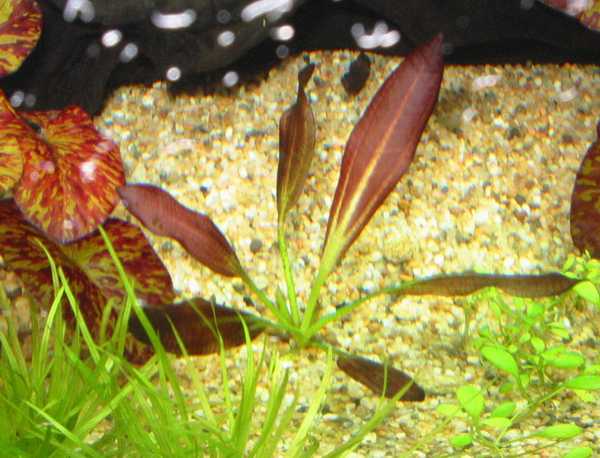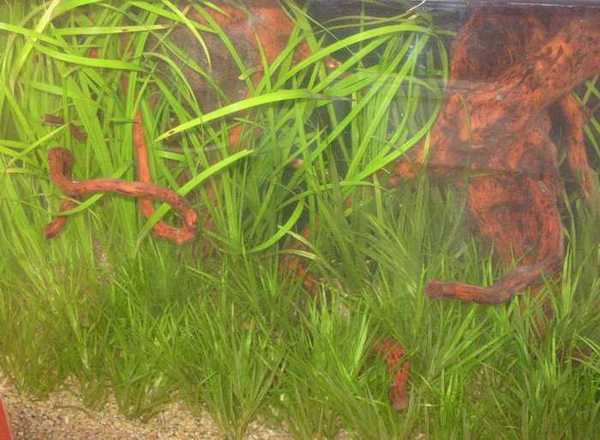Excellent Budak,
It had exactly what I wanted to see.
A few quick conclusions based on looking at the data.
You certainly need to use carbon filtering or one of the formaldehyde-like dechloraminators, to avoid a burst of nasty ammonium when doing water changes (if only old-fashioned hypo-based dechlorinators were used).
Your water is fairly soft compared to the US average water, so keep that in mind when reading killietalk. Some US areas, like the Sierras and upstate NY, do have very soft water, but they are not the rule.
You appear to have adequate hardness so that adding sodium (as salt) will not cause big problems. It can be useful in protecting against velvet and nitrite toxicity (Brown Blood Disease).
It is such nice water that I would want to start a fish farm, if I lived there.

Wright
01 760 872-3995
805 Valley West Circle
Bishop, CA 93514 USA










 Reply With Quote
Reply With Quote






 but it's so beautifully tempting especially when you say it a 'slow growing' echi :wink:
but it's so beautifully tempting especially when you say it a 'slow growing' echi :wink:

Bookmarks